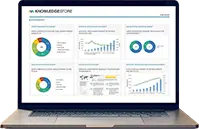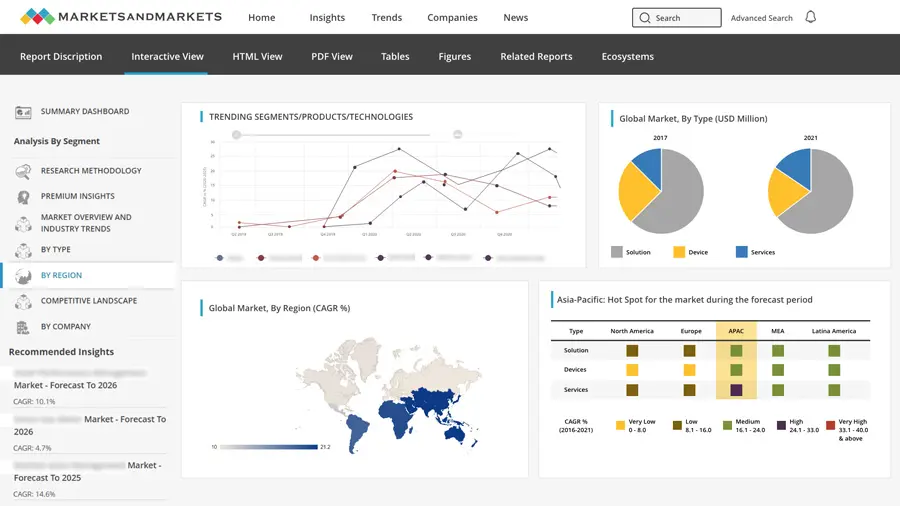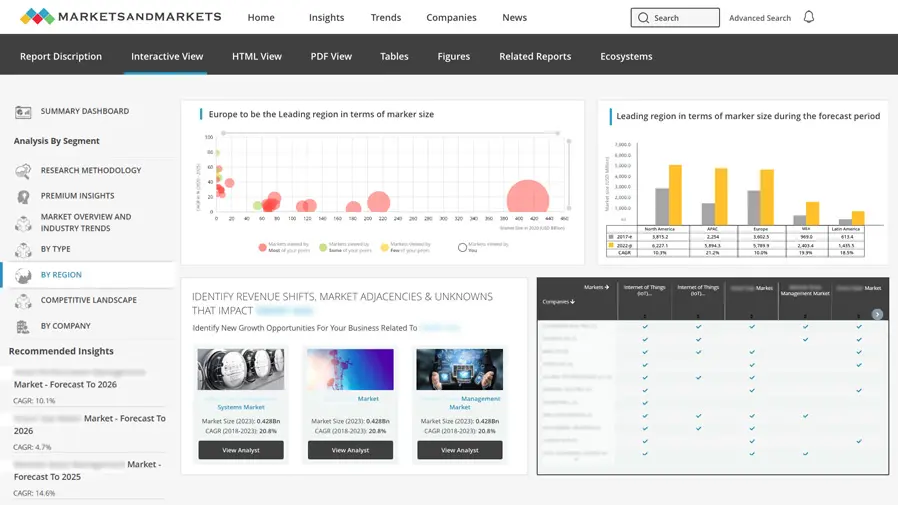Aniline Market by Derivatives Types, Applications & Geography - Global Trends & Forecasts up to 2018
Aniline (also called as aminobenzene or phenylamine) is an organic compound This report analyzes the global markets for Aniline. At the present time, the largest market for aniline is preparation of methylene diphenyl diisocyanate (MDI), a key intermediate for polyurethanes. The second largest end use is as an intermediate for rubber-processing chemicals such as vulcanisation accelerators, antioxidants and stabilisers. Aniline is also used to manufacture of dyes and pigments, as a precursor to indigo, the blue of blue jeans and also as ink for tattoo. Other aniline dyes followed, such as fuchsine, safranine, and induline. In medicine drugs prepared from aniline is paracetamol. A smaller use is found in the production of pesticides, herbicides and other agrochemicals. Minor applications include textile and photographic chemicals (hydroquinone), amino resin, explosives, varnishes, perfumes, shoe blacks, petroleum refining chemicals, diphenylamine, and phenolics. All these applications of Aniline and its derivatives are described in detail in this report.
The report also discusses Aniline market by major geographical regions such as North America, Europe, Asia-Pacific and Rest of the World (ROW). Some of the leading companies in Aniline manufacturing like BASF Corporation, Bayer Material Science and Dupont are extensively covered in the report.

Table Of Contents
1 Introduction
1.1 Key Take-Aways
1.2 Report Description
1.3 Markets Covered
1.4 Stakeholders
1.5 Research Methodology
1.5.1 Market Size
1.5.2 Key Data Points Taken From Secondary Sources
1.5.3 Key Data Points Taken From Primary Sources
1.5.4 Assumptions Made For The Report
1.6 Key Questions Answered
2 Executive Summary
3 Market Overview
3.1 Introduction
3.2 Value Chain Analysis
3.3 Winning Imperatives
3.4 Burning Issues
3.5 Raw Material Analysis
3.6 Market Dynamics
3.6.1 Drivers
3.6.2 Restraints
3.6.3 Opportunities
3.6.4 Impact Analysis
3.7 Porter’s Five Forces Analysis
3.7.1 Threat Of New Entrants
3.7.2 Threat Of Suppliers
3.7.3 Threat Of Substitutes
3.7.4 Threat Of Buyers
3.7.5 Degree Of Competition
3.8 Pricing Analysis
3.9 Market Share Analysis
3.10 Patent Analysis
4 Aniline Market, By Derivatives Type
4.1 Salts (Aniline Hydrochloride & Aniline Sulfate)
4.2 Sulfur Derivatives Of Aniline
4.3 N-Alkyl Aniline Derivatives
4.4 C-Alkyl Aniline Derivatives
4.5 Chloroanilines, & Nitroanilines Anilines
4.6 Diazo And Azo Compounds
4.7 Other Aniline Derivatives
5 Aniline Market, By Application
5.1 Methyl Diphenyl Diisocyanate (Mdi)
5.2 Dyes And Pigments
5.3 Rubber Chemical
5.4 Plant Protecting Products
5.5 Pharmaceuticals
5.6 Others
6 Aniline Market, By Geography
6.1 Introduction
6.2 North America
6.2.1 U.S.
6.2.2 Canada
6.3 Europe
6.3.1 France
6.3.2 Germany
6.3.3 Uk
6.4 Asia Pacific
6.4.1 China
6.4.2 India
6.4.3 Japan
6.5 Rest Of The World
7 Competitive Landscape
7.1 Introduction
7.2 Competitive Strategies
7.2.1 Mergers And Acquisitions
7.2.2 Agreements/Collaborations /Joint Ventures/Partnerships
7.2.3 New Product Launches
7.2.4 Strategic Expansions/Investments /Product Approvals & Other Developments
7.3 Analysis Of Competitive Strategies
8 Company Profiles
8.1 Basf Corporation
8.2 Bayer Material Science
8.3 Borsodchem Mchz
8.4 Ei Dupont De Nemours
8.5 First Chemical Corporation
8.6 Jilin Connell Chemical Industry Co., Ltd.
8.7 Hindustan Organics Chemicals Limited
8.8 Huntsman International
8.9 Mitsubishi Chemical
8.10 Mitsui Chemical
8.11 Narmada Chematur Petrochemicals Limited
8.12 Petrochina Co. Ltd.
8.13 Sabic
8.14 Sp Chemicals Holdings Ltd.
8.15 Sumitomo Chemical
8.16 Sumika Bayer Urethane Co., Ltd.
8.17 The Dow Chemical Company
8.18 Tosoh Corporation















Growth opportunities and latent adjacency in Aniline Market